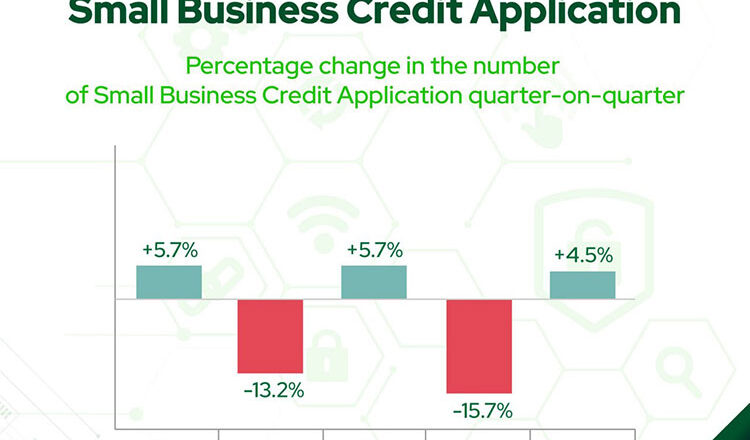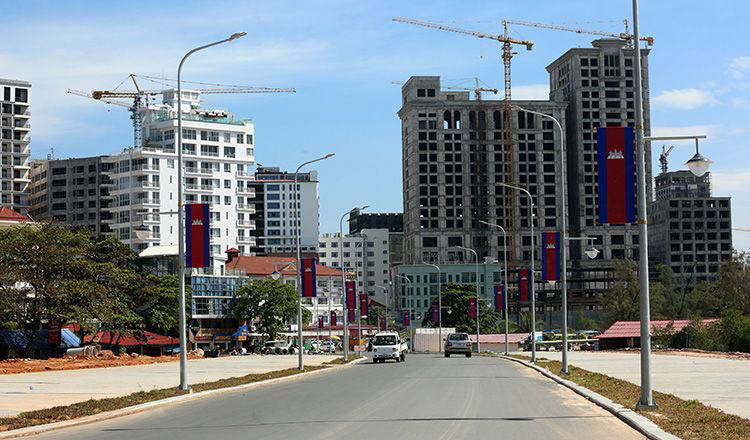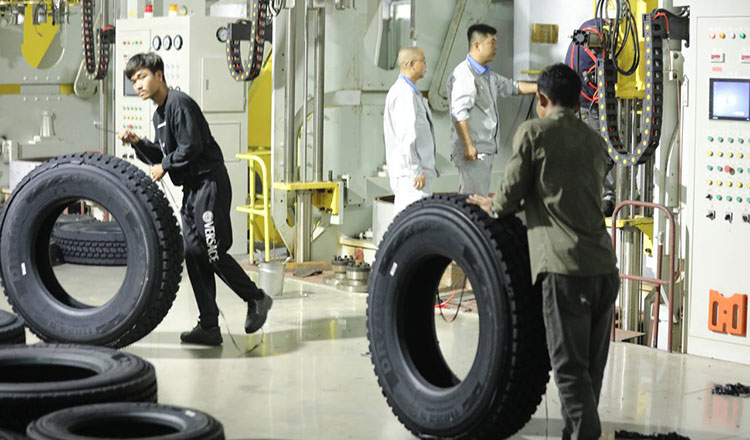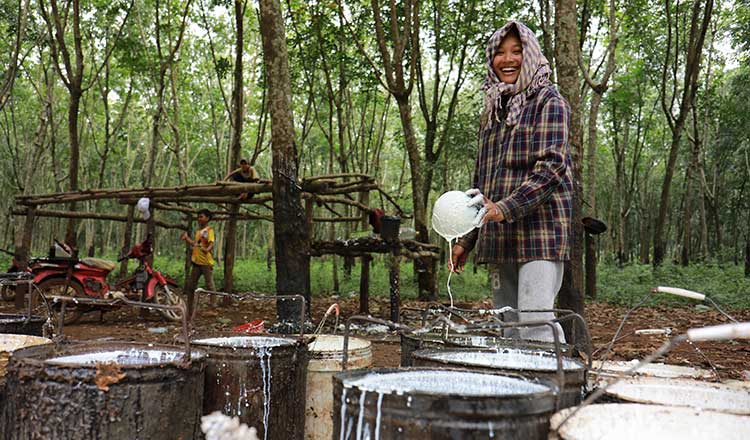Cambodia giving final touches to EV policy
Cambodia giving final touches to EV policy
Cambodia is giving the final touches to the ‘National Policy on the Development of Electric Vehicles 2024-2030,’ which is expected to be out soon and revolutionize the country’s transportation system.
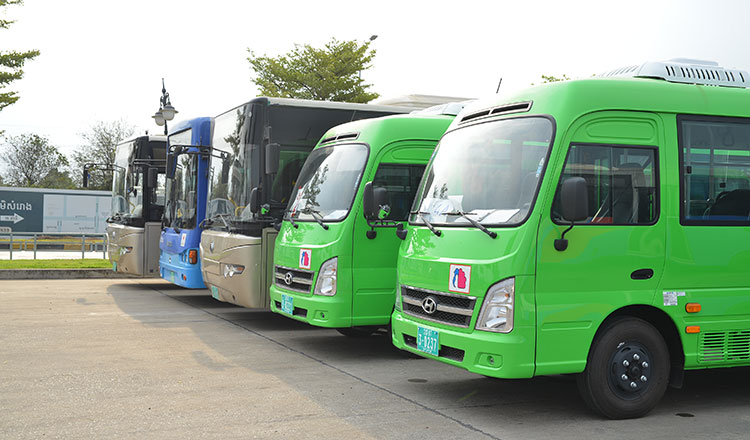
Last week, on the directive of Prime Minister Hun Manet, the Economic and Financial Policy Committee headed by Aun Pornmoniroth, Deputy Prime Minister and Minister of Economy and Finance reviewed the draft policy, according to a statement from the ministry.
The draft national policy will soon be submitted for official approval by the Royal Government.
According to the statement, the policy aims “to seize new technological and innovative opportunities in line with the changing economic and trade environment.”
As per the last count by the Ministry of Public Works and Transport (MPWT) in December 2023, Cambodia has only 1,489 electric vehicles (EVs) on its roads. But, the ministry expects that the country will have over a million electric two and three-wheelers between 2030 and 2040 and about 100,000 electric cars between 2035 and 2042.
Using EVs can reduce fuel expenditure by an average of $133 per year for electric motorcycles and $1,069 for electric cars, said a study by the ministry.
MPWT envisages three scenarios for EVs until 2050. Scenario One is the most conservative estimate, while Scenario Two is the most likely one and Scenario Three is the aspirational one.
All three scenarios suggest that there will be over a million two and three-wheeler electric vehicles in the Kingdom between 2030 and 2040, reaching between 2.1 million and 7.3 million units by 2050.
The scenarios provide that there will also be over 100,000 electric cars in Cambodia sometime between 2035 and 2042 and by 2050, between 300,000 and more than a million.
Accordingly, electricity consumption by EVs will represent between 0.7 percent and 2.8 percent of the total consumption by 2040, half of which is expected to be by electric cars.
The potential savings by using EVs for all households together will amount to between $14 million and $78 million per year by 2030. By 2050, these savings could reach between $509 million and $1.76 billion every year.
It is also estimated that an electric motor vehicle will emit 55 percent less Green House Gas (GHG), compared to an internal combustion engine vehicle (ICEV) during its lifetime, while for cars this benefit is only 22 percent.
Meanwhile, the proposed policy will have incentives and guidelines for laying the infrastructure of charging stations to support the EV stock. As per MPWT’s estimates, Cambodia may need 9,900 and 33,800 charging points by 2050 (depending on various scenarios) and this will require investment between $168 million and $576 million.
The Kingdom will also need battery disposal facilities. By 2040, several hundreds of MWh of batteries need to be decommissioned and directed to secondary applications. By 2050, between 0.7 GWh and 2.5GWh will need to be decommissioned each year for secondary uses and between 0.3 GWh and 1.4 GWh will need to be recycled, covering six to nine percent of the demand for new batteries.
The investment for the infrastructure will be met with the support of the private sector and the policy will have an early incentive programme to kickstart the development of a network of charging stations.
Meanwhile, the statement said that the national EV policy will aim to transform Cambodia into a country with the use of electric vehicles “at the optimal level to support and achieve sustainable development as well as to ensure the well-being of the people.”
The policy will promote the competitiveness and diversification of the Cambodian economy as well as contribute to the sustainable and resilient socio-economic development of the country. It will also demonstrate Cambodia’s commitment to achieving carbon neutrality by 2050 as well as contributing to climate change mitigation, the statement read.






